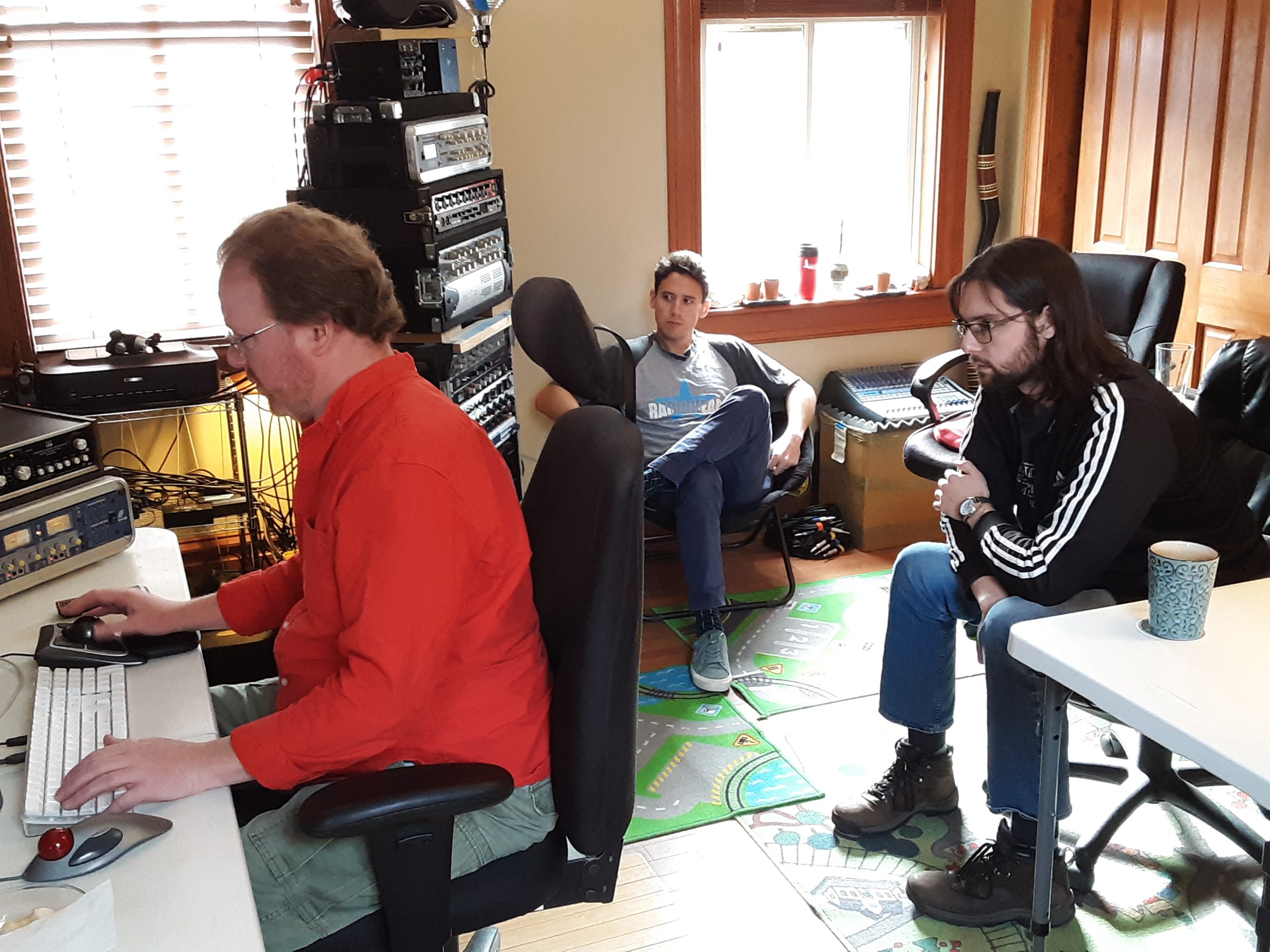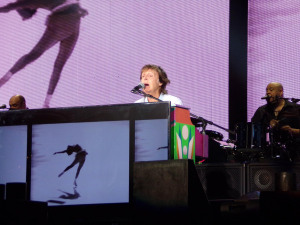(CLEOPATRA RECORDS; 2020)

William Shatner has been an icon of pop culture pretty much since the concept itself emerged: He needs no summary at all for his influential role as Captain Kirk on the original STAR TREK series, after which he went on to TJ HOOKER, BOSTON LEGAL and an increasingly eccentric series of recordings (the first of which, 1968’s THE TRANSFORMED MAN, is now legendary). Shatner has been satirized, imitated, mythologized and, by certain former colleagues, dismissed as arrogant and self-centered. He’s bigger than life, this guy, and everything he does, just about, commands attention. Not long ago he recorded a Christmas album that sold pretty well, and that must have planted the seed to start exploring other genres. Thus, we now get THE BLUES, an unlikely and potentially controversial collection of Blues standards and Blues-flavored rockers that find Shatner absolutely being himself, for better or worse, in a style of music that would seem to be light years from his comfort zone. How does a privileged white Canadian icon insert himself into a mostly black, angst-laced genre that is all about authenticity and down to earth emotions? Well, he hires a bunch of legendary players to back him, for one. Thus we get guys like Steve Cropper, Jeff “Skunk” Baxter, James Burton, Sonny Landreth, Ritchie Blackmore and others to power the legend through classics like “Smokestack Lightning,” “The Thrill Is Gone,” “I Can’t Quit You Baby” and the Muddy Waters classic “Mannish Boy,” among many others. Let’s start with that last song, which really does work, astoundingly. The groove is a timeless blues template, but Shatner has no trouble at all delivering lyrics like “Now I’m a man, way past 21/Want you to believe me, baby/I have lots of fun.” The recontextualization of such a famous tune is kind of a hoot, and when Shatner sings “I’m a natural born lover’s man/I’m a hoochie coochie man” late in the song, he lets out an energetic “Woo!” that lets you know he’s having fun. Someone will put this on at a party somewhere, and people will be laughing and wanting to know who it is. Same with “I Put a Spell On You,” a timeless chestnut that was already a bit demented in the Screamin’ Jay Hawkins original, so having Shatner here trying to play it just slightly unhinged works fine. The musicians throughout are playing with fierce, bottom-anchored chops as on “Sweet Home Chicago,” “Born Under a Bad Sign” and “Crossroads,” which in a recent interview Shatner said he was fascinated by regarding the apocryphal Robert Johnson story about a minimally talented guy selling his soul to the devil to perform at a much higher level. You wanna be the one to write an entertaining essay comparing Robert Johnson to William Shatner, go right ahead. But Shatner digs in here, and although many will scratch their heads, this stuff isn’t boring. You gotta wonder, though, with the sterling musicianship on “Smokestack Lightning,” isn’t it a disservice to have a hokey, jokey vocal that draws your attention away from the groove? That “Chicago” song, “I Can’t Quit You Baby” and a few others are a bit hard to take; Shatner bellows, screeches and over-dramatizes the words (non-singing, technically) in a manner that can truly annoy. “You hear me moanin’ and groanin’/It hurts… ” go the lyrics, and yeah, that’ll sum it up for many. Shatner’s shtick is more palatable when he’s doing his patented “talk singing,” as on “Sunshine of Your Love,” a highlight here. Shatner’s sense of fun and self-awareness is almost palpable in this performance; he’s winking at the listener, and well aware of the unlikeliness of what he’s doing. “The Thrill Is Gone” is also “Shatnerized” effectively (that word should be in the dictionary by now), as ol’ Bill keeps a sort of subtle mockery in the mix when he tells an unknown woman “Oh yeah, oh yeah/I’m free, I’m free from your spell now… ” with unique vocal tics adding to the impact.

Fans of George Takei will find irony in Wilbert Harrison’s “Let’s Work Together,” which features Canned Heat. If this one doesn’t make you smile, face it, you aren’t destined to be a fan of Shatner’s music. The pauses, the enunciation… pure Bill! If hearing him say “Let’s make life worthwhile” and repeat that title over and over can’t tickle your funny bone, hey, no biggie. Shatner surely won’t care. But if you’re the big picture sort, you may even find poignancy in “Secrets and Sins,” the relatively drowsy closing track here, and the most personal song. I was always moving forward/Was always saying ‘yes’/A thousand little triumphs… ” Shatner chuckles audibly after a few more lines, then says “You may not like this answer/I do everything the same.” Yes and no, actually. Shatner does approach every project in life with the same sense of confidence in his own worthiness, and the same sense of pure fun. But he finds many different ways to BE William Shatner, and to serve up surprises both big and small. Sure, he can be insufferable, and you have every right to think he’s somehow desecrating the real spirit of the Blues on this album. But you gotta admit, he’s got panache… and he enjoys the hell out of his life, now in his late 80s. Personally, I think that makes this album some kind of wacky landmark. Shatner’s still moving ahead at Warp 7.



























